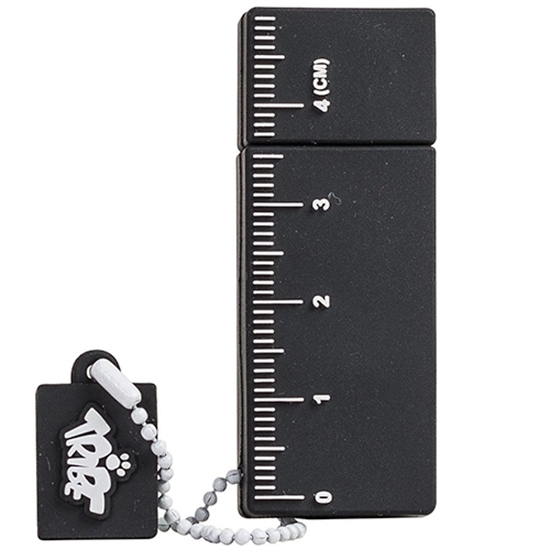
Indisputable facts are needed to avoid endless discussion. Such considerations invariably result in the doubts, given the lack of solid historical evidence. The job of regent ( sesshō) appeared even later. He is said to have been crown prince ( kōtaishi), but this was not a formally designated position until the end of the seventh century. The 17-article constitution he is said to have written includes points and expressions that appear out of place for the time he was active, and which thereby raise doubts. It is certainly the case that ancient materials make no mention of Shōtoku in relation to policies like the 12 courtly ranks and the sending of ambassadors to China. Over the years, many researchers have pointed out these dangers and scrutinized his purported achievements. Yet, this was already a considerably idealized picture, and it is dangerous to believe without reservations.

This is what one might call a standard picture of Prince Shōtoku, based on the Nihon shoki, which was completed a century or so after his death, and the comparatively early biographies. He initiated the movement that would lead to a centralized state in the second half of the seventh century, yet died before he could achieve all he wished to. Toward the end of his life, he collaborated with the senior statesman Soga no Umako in compiling histories of Japan. He also dispatched envoys to China and encouraged the adoption of culture from the Asian continent. As a devout Buddhist, he gave lectures and wrote commentaries on the Lotus Sutra and other such texts. He established 12 courtly ranks indicated by colored caps, supported merit-based promotion, drew up a 17-article constitution, and advocated politics based on harmony and centered on the imperial ruler to those who served in the imperial court. When he moved there four years later, on the western side of the palace he founded the temple Ikarugadera, now part of Hōryūji, a UNESCO World Heritage site. In 601, he had a palace built at Ikaruga, to the northwest of Asuka (now Nara Prefecture), which was then the capital. In 593, after his aunt Empress Suiko came to the throne, he became crown prince and was appointed as regent. The common image Japanese people have of Shōtoku is as follows. The fact that this happened less than a century after he died shows the speed with which he came to be regarded as exceptional. Historically, he was known as Umayado, and the name Shōtoku, meaning “sagely virtue,” by which he has come to be known, was applied posthumously. Numerous legendary anecdotes appear in biographical texts, and he was ultimately worshiped as an incarnation of the Bodhisattva Kannon.
There is evidence that he was venerated greatly even during his later years, and the process continued after his death. It is an opportunity to reconsider the man.ĭespite the large number of extant documents and cultural items, it is extremely difficult to gain a true picture of Prince Shōtoku.

There are also plans to exhibit cultural properties connected to his life in Nara, Osaka, and Tokyo.

Next year marks 1,400 years since his death, and during the 12 months leading up to this milestone, Buddhist memorial services will be held at related temples. The reason we know these details for Prince Shōtoku is the reverence shown to him from shortly after his death, which means that many materials and biographical records remain. While there are many famous people who lived even more than a millennium ago in Japan, there are very few for whom we can clearly identify their years of birth and death, as well as their achievements. Prince Shōtoku (574–622), one of the best-known imperial family politicians in Japanese history, is renowned for his cultural contributions.


 0 kommentar(er)
0 kommentar(er)
